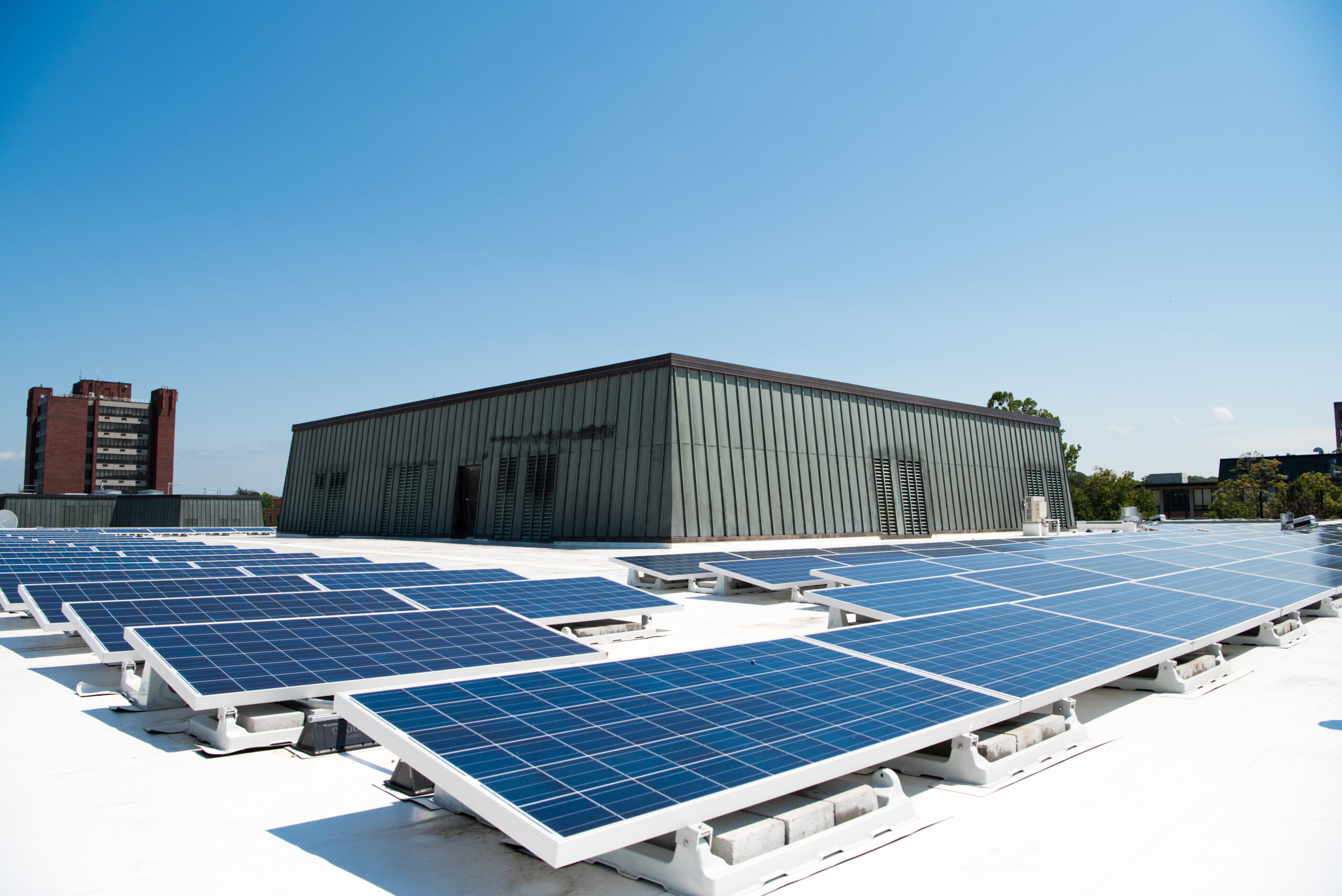Solar Project saves money at Cooperative Extension
from Press Connects: See the article here
DICKINSON — Although it’s hard to see from Upper Front Street, it’s easy to see in a spreadsheet: the new solar panels on the roof of Cornell Cooperative Extension of Broome County are saving money.
A new 7,000 square-foot solar panel array there can generate as much as 57,000 kilowatt hours of electricity per year.
“That may not sound like much, but it is,” said Margaret Scarinzi, director of the Broome County Office of Energy Development. “That electricity will help save nearly 10 percent per year in electric utility costs.”
CCE in Broome County is the second CCE in the state to install solar panels; the first was Tompkins County.
The project cost $247,000 to install, said New York State Energy Research and Development Authority spokesman Alan Wechsler. NYSERDA estimates it will provide a total of $69,000 to the builder and solar panel owner, Solar Liberty Energy Systems of Buffalo.
Under the NYSERDA program, Solar Liberty must sell CCE electric power at a rate lower than the cost of buying electricity from the local power utility, Wechsler said. That guarantees CCE’s savings on electrical power.
Solar Liberty could not be reached for comment.
Cornell Cooperative Extension paid between $1,000 and $2,000 for electrical hookup equipment, said Dave Bradstreet, a resource educator at CCE.
The solar panels were installed in mid-April, and have been generating power since then, even on cloudy days.
“We’re really excited to see what happens when we get into the summer months,” Bradstreet said.
Cornell Cooperative Extension hopes to save between $300 and $400 per month because of the solar panels, he said.
Broome County Legislator Scott Baker, R-District 2, who is on the board of CCE, said the project helps CCE save money on utilities.
“It will allow Cornell Cooperative to put more funding into its programs,” Baker said.
Once the weather gets nicer, the panels will become part of the education program at Cornell Cooperative Extension. Contractors and community leaders will be able to tour the roof in the future, Bradstreet said.




